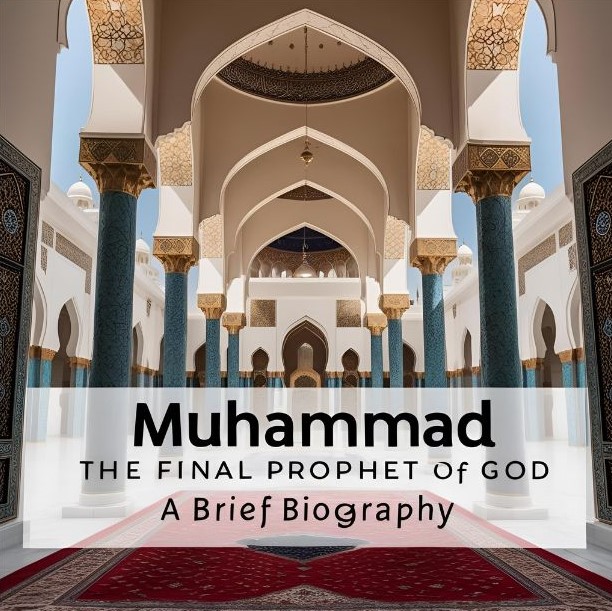Muhammad, the Final Messenger of God
(A Brief Biography)
Birth and Early Years
Muhammad al-Mustafa (peace be upon him & his progeny), the last Prophet of God, was born in Makkah on the 17th of Rabi‘ al-Awwal in the first Year of the Elephant (570 AD). He belonged to the Banu Hashim clan of the esteemed Quraysh tribe, descendants of Ismael and Prophet Ibrahim. The Prophet’s father, Abdullah, passed away before his birth, and his mother, Amina, died when he was six. Raised initially by his grandfather, Abd al-Muttalib, and later by his uncle Abu Talib, Muhammad grew up in a significant yet challenging environment. Even before adolescence, he accompanied Abu Talib on business journeys, gaining early exposure to the caravan trade.
Despite his lack of formal education, Muhammad (peace be upon him & his progeny) was known for his wisdom, courtesy, trustworthiness, and truthfulness, earning him the title "as-Sadiq al-Amin" (the truthful, the trustworthy). His upright character won him the management of the business affairs of Khadija bint Khuwaylid, a wealthy Qurayshi widow. Impressed by his prudence and integrity, Khadija soon proposed marriage, which Muhammad accepted.
The Commencement of Prophethood
At 40, Muhammad (peace be upon him & his progeny) received his first revelation from Archangel Gabriel in the cave of Hira during one of his solitary spiritual retreats. This marked the beginning of his prophetic mission. The first to believe in his prophecy were his wife Khadija, his cousin Ali ibn Abi Talib, and his adopted son Zayd ibn Haritha.
The early years of his mission involved secret preaching due to the severe opposition from the polytheists of Makkah. After three years, he was commanded by God to invite his close relatives to Islam, which he did by holding a family feast. Despite his eloquent appeal, only Ali supported him openly at this time.
Open Preaching and Persecution
As Muhammad (peace be upon him & his progeny) began preaching openly, the Quraysh's opposition intensified. Followers like Bilal faced extreme torture for their beliefs. This hostility led to the first Muslim migration to Abyssinia, seeking refuge under a just Christian king.
The social and economic boycott by the Quraysh forced Muhammad and his followers to live in exile within the "mountain pass of Abu Talib" for three years, enduring immense hardship.
The Migration to Medina
The turning point came with the migration to Medina, where Muhammad (peace be upon him & his progeny) established an Islamic community and signed treaties with local tribes and Jewish groups. In Medina, he was not just a spiritual leader but also a statesman and military commander, engaging in battles such as Badr, Uhud, and Khandaq to protect the nascent Muslim community.
The Conquest of Makkah and Later Years
In 630 AD, the holy Prophet returned to Makkah with a large force but entered the city mercifully, offering forgiveness to his former persecutors. This conquest marked the rapid expansion of Islam across Arabia. In the following years, Muhammad consolidated Islamic practices and laws, which continued to draw people to Islam.
Final Years and Death
The Prophet’s last years were marked by his "Farewell Pilgrimage" where he delivered a significant sermon that summarized the core teachings of Islam and appointed Ali as his spiritual heir at Ghadir Khumm. He died in 632 AD in Medina, leaving behind a religion that would grow to be one of the world’s major faiths.
Legacy
The beloved Prophet's life is a testament to perseverance, compassion, and unwavering faith. His legacy, as captured by the historian La Martine, positions him as a figure of immense influence and respect, whose life continues to inspire millions around the world.











